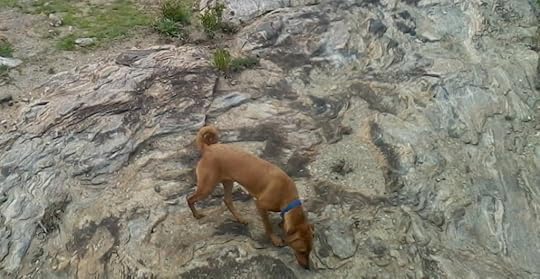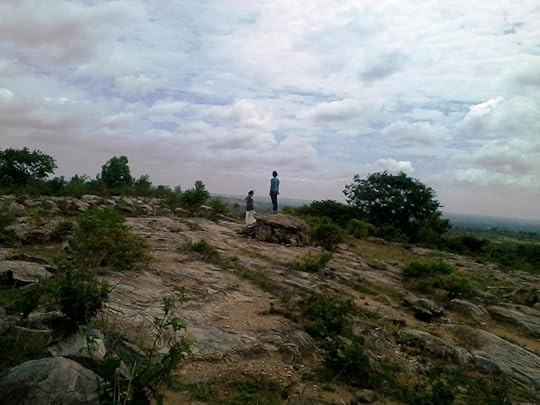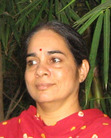Think! What story do we know that covers over 4 billion years and still counting? That covers every place and creature and person you can think of? Yes, I'm talking about the story of our planet.
These days, I'm back to my first love, Geography! The American Natural History Museum was offering a course on Coursera called "The Dynamic Earth", aimed at educators but open to all. I joined it on a whim and am simply jumping out of my skin in excitement. It's hard keeping up as I've forgotten everything I ever knew (I graduated in Geography and Geology, but did my post graduate studies in English, way back when). There's so much to read, thrilling videos to watch, and the posts by the other students on the discussion forum are so interesting too.
Anyway... We had to do this assignment on a local geological feature. Of course I chose the hill near our farm, Pandavar Malai, the one with the dolmens that I've written about before in this blog. With the help of GSI maps and reports, Google Earth, and all the resources provided in this wonderful course, here's what I found:
Pandavar Malai (or the granite it's made of) is really, really old. About 2.7 billion years old. When this piece of the earth's crust formed from mantle magma, it got uppity and collided with an older piece of crust, that was 3.6 billion years old. Together, they make up the Dharwar Craton. In the process, the rock folded into hills and metamorphosed into gneisses, charnockites (named after the tombstone of Job Charnock, founder of Calcutta!), and other kinds of metamorphic rock. The Dharwar Craton was part of Pangaea, the oldest continent, and then (as continental drift happened) of the supercontinents of Ur, Rhodinia and the youngest, Gondwana -- a mere 500 million years old. Then about 150 million years ago, Gondwana began to split up. The Indian subcontinent, of which our Dharwar Craton is a part, broke off from Antartica and all those other freezing places near the South Pole, and began drifting north and east (at the rate of about 20 cm a year!!!) till it finally hit Eurasia, thus forming the Himalayas.
Subsequently, between the end of the Cretaceous and the beginning of the Tertiary periods, parts of the Deccan plateau were covered with lava flows, a worldwide event that led to the extinction of the dinosaurs; in fact 90% of all living species at that time. The original rocks of the Indian plate were buried under sheets of basalt. But not the southern part of the peninsula, which is why Pandavar Malai still sports its virgin gneiss and charnockite.

This identification is based on reading a few articles and examining a million rock pictures on the Net. But I'm not a geologist, please don't quote me!
Anyway, that's the story of this grand old piece of the earth. Nothing like geography for making you feel tiny, insignificant and young, and yet part of something vast, inexorable and elemental!

 newest »
newest »
 newest »
newest »
 Oh, how I love the way you string words together!
Oh, how I love the way you string words together!
 Shobana wrote: "You must make anovel based on geologic time now. maybe a fossil as a protagonist / any character"
Shobana wrote: "You must make anovel based on geologic time now. maybe a fossil as a protagonist / any character" I thought of Lal Bagh, but it seemed too easy. Also the course was just 4 weeks and is over now. You should recommend it to your students next time they offer it.
I thought of Lal Bagh, but it seemed too easy. Also the course was just 4 weeks and is over now. You should recommend it to your students next time they offer it.
 Shobana wrote: "remember looking at gneiss in one of those few geology classes?"
Shobana wrote: "remember looking at gneiss in one of those few geology classes?"






